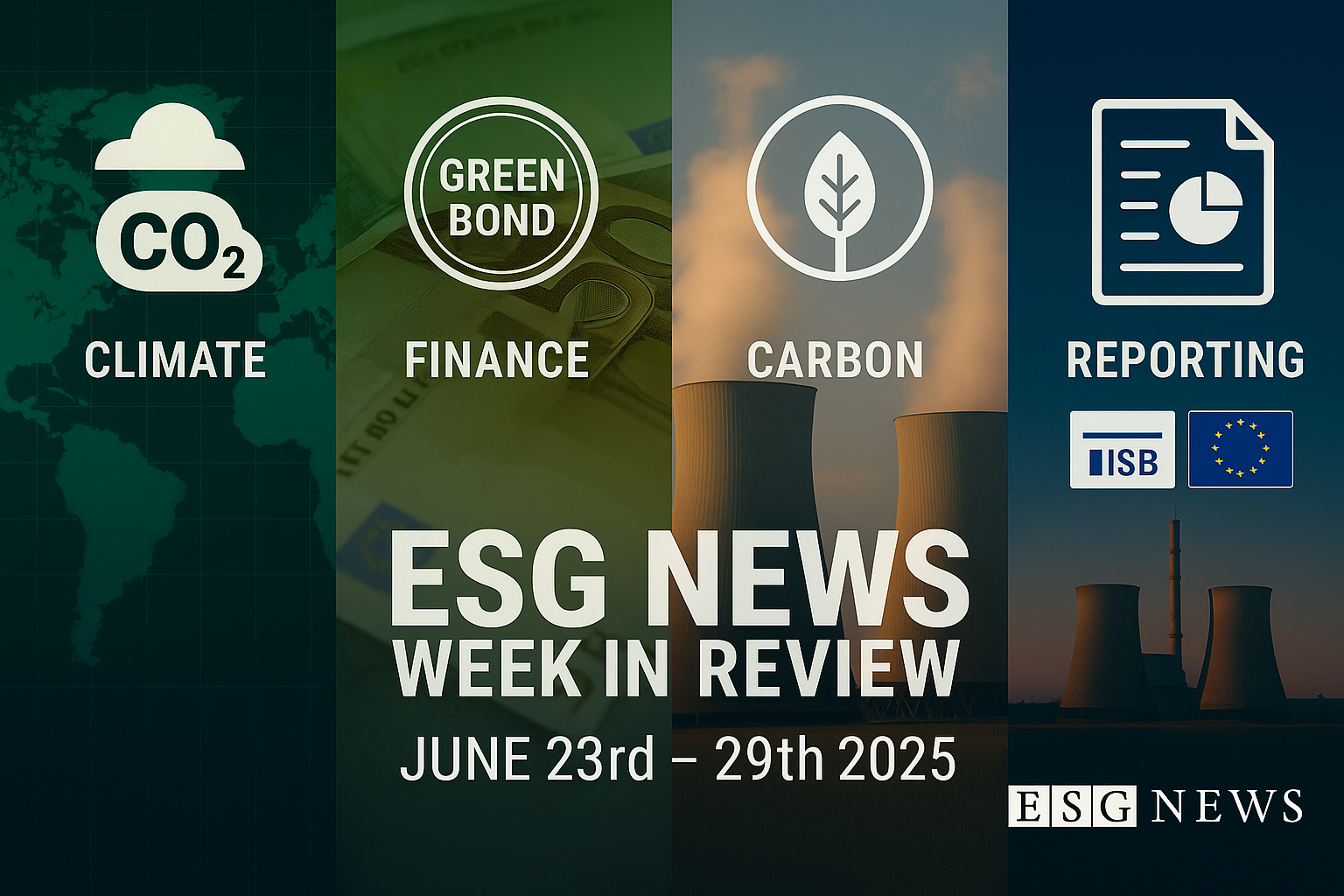European State of the Climate 2023 – New Report Released by WMO and Copernicus ECMWF

|
Listen to this story:
|
- 2023 was the joint warmest or second warmest year on record depending on the dataset
- Average sea surface temperature for the ocean across Europe was highest on record
- Adverse health impacts related to extreme weather and climate events is rising
- Alps saw exceptional glacier ice loss
- Record proportion of actual electricity generation by renewables in Europe, at 43%.
The Copernicus Climate Change Service, in collaboration with the World Meteorological Organization, has released the European State of the Climate (ESOTC) report for 2023. This document provides a comprehensive analysis of climate conditions, variations, and their impacts across Europe, with an emphasis on human health, policy responses, and the long-term trends of key climate indicators.
Warming Trends and Extreme Weather Events
The report highlights that Europe has been warming at twice the rate of the global average since the 1980s, making it the fastest-warming continent. This rapid warming is attributed to several factors including Europe’s significant landmass within the Arctic—the fastest-warming region globally. The year 2023 witnessed the joint warmest year on record for Europe, alongside 2020, with temperatures reaching 2.6°C above the pre-industrial levels across the continent.
Extreme Weather Phenomena of 2023
Europe experienced a series of extreme weather events in 2023:
- Record Wildfires: The largest wildfire ever recorded within the EU occurred in Greece, covering approximately 96,000 hectares.
- Marine Heatwaves: Exceptionally high sea surface temperatures led to prolonged marine heatwaves, with the northeastern Atlantic experiencing temperatures up to 1.76°C above average in June.
- Floods and Storms: The year was marked by intense and frequent flooding across various European nations, impacting millions and resulting in significant fatalities.
Climate Impacts on Oceanic and Terrestrial Ecosystems
The report detailed several changes in the European environmental landscape:
- Glacial Retreat: Glaciers in the Alps lost 10% of their volume over the past two years due to low winter accumulation and intense summer melts.
- Ocean Health: There were significant anomalies in chlorophyll a concentrations, with certain areas showing increases up to 500% above average, indicating shifts in marine ecosystems.
- Soil Moisture and River Flows: Drier-than-average conditions prevailed across many parts of Europe, contributing to drought conditions, while some regions experienced the highest river flows on record due to excessive rainfall.
Policy and Action
The ESOTC 2023 emphasizes the urgent need for robust climate policies and actions. It notes the increasing frequency and intensity of extreme weather events and their profound impacts on human health. The report advocates for leveraging scientific insights to craft effective climate solutions, stressing the high costs of inaction compared to proactive measures.
Long-term Climate Indicators and Predictions
Looking at long-term data, the report provides insights into the gradual changes in key climate indicators such as sea surface temperatures, greenhouse gas concentrations, and sea ice extents. These indicators underscore the ongoing shifts in the climate system, highlighting the importance of continuous monitoring and adaptation strategies to mitigate adverse impacts.
Related Article: COP28 Interview – Prof. Petteri Taalas, Secretary General, WMO talks to Ketan Patel, Chairman, Force For Good
The 2023 European State of the Climate report serves as a crucial document for policymakers, researchers, and the public, providing detailed evidence of the dramatic changes occurring within Europe’s climate system. It calls for immediate action to address these changes, safeguarding the environment and public health against future climatic shifts. The full report is accessible online, providing a valuable resource for further exploration and analysis.









